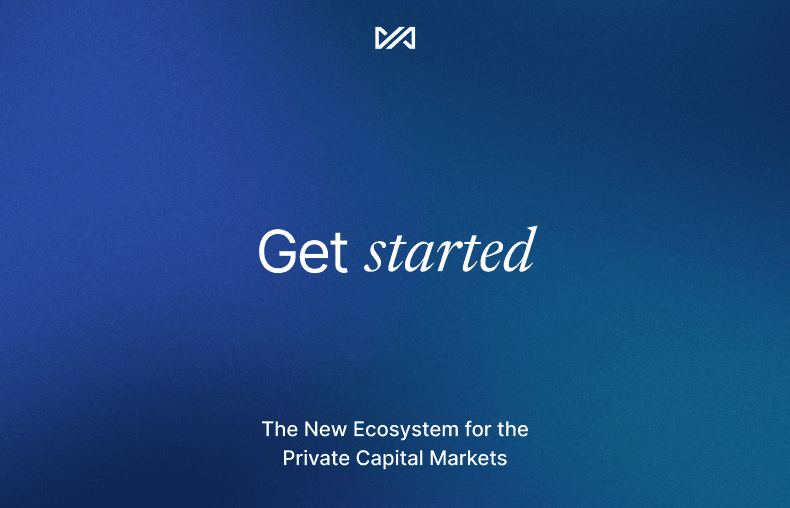Document collaboration in the era of hive-mind creation
It wasn't all that long ago that office productivity tools were synonymous with personal productivity tools. We used document creation, spreadsheets, and presentation software to create content on a personal computer, and we could share them later through email or shared folders.
But that seems like a long time ago. Now, the way we create content is through shared content creation technologies. A new class of software showed up on the scene and it started with Google docs, and then Google drive. Using Google docs, we could not only create content on our own but we could invite others into these tools and co-create with us. It was a subtle but significant change in behavior.
There was resistance from people who were familiar and comfortable with the personal productivity tools (Microsoft Office, for the most part) to shift to these shared productivity tools. They were comfortable with the idea that the document was their document. The spreadsheet was their spreadsheet. They wanted to work in the way they were used to, by themselves, on their computers. And they would share it only when they felt it was ready. This ingrained habit prevented many people from transitioning to the shared content creation model.
But let's be very clear. The shared creation model introduces an entirely new approach to content creation and content ownership. We no longer think of the document as my document. We no longer think of the white paper as my white paper. We think of the document as "our document" in this new world order of shared tools. It’s a significant shift in our idea of a person's role in the creation of content. And the main driver of this change ultimately is a significant increase in productivity.
No longer do we waste time sending documents around and around in a circle of email chains. We start a document. We invite the collaborators. And the content materializes. It is now a common occurrence to author a section of a document while watching multiple other people authoring their section at the same time, all working in parallel. This parallelization of work represents a significant acceleration of process.
Certainly this represents a faster, more productive approach to creating content. It's also a fundamental reorientation of transparency and the creative process. It changes how we work and how we think. We are shifting from a "my content" mentality to an "our content" mentality. It took Microsoft quite some time to realize that this change was unstoppable, and that they needed to catch up fast. To their credit they did so with office 360. It was an existential move.
The shared model requires new technology techniques such as robust version control, multi-user management, and user-friendly suggestions and comments. It requires sophisticated approaches to multi-user interactions such as the undo feature. But the transition has already occurred. The content is no longer "my content"—welcome to the collaborative new world of our content.






